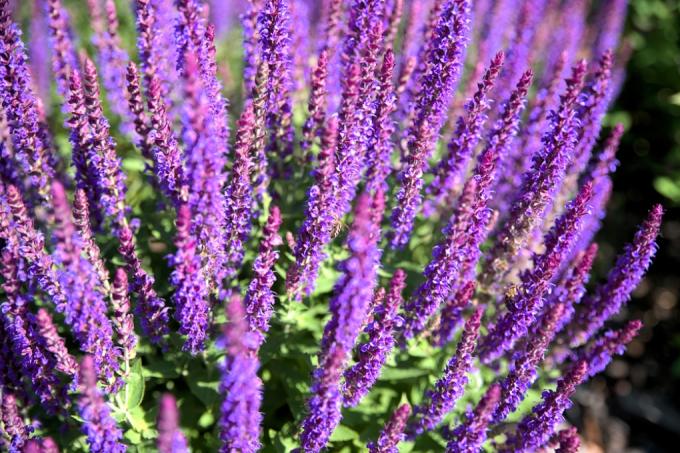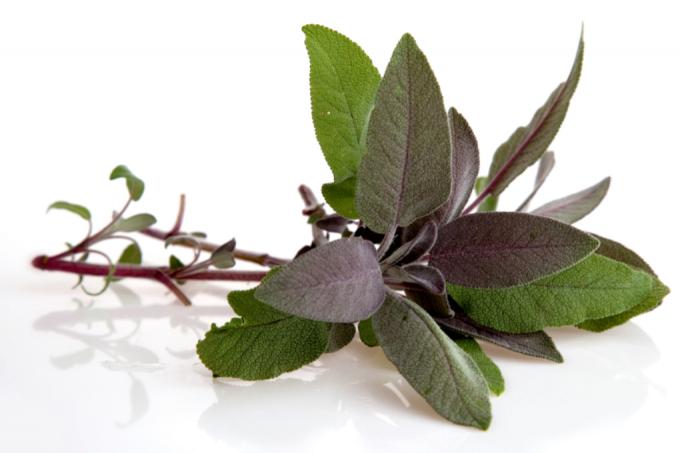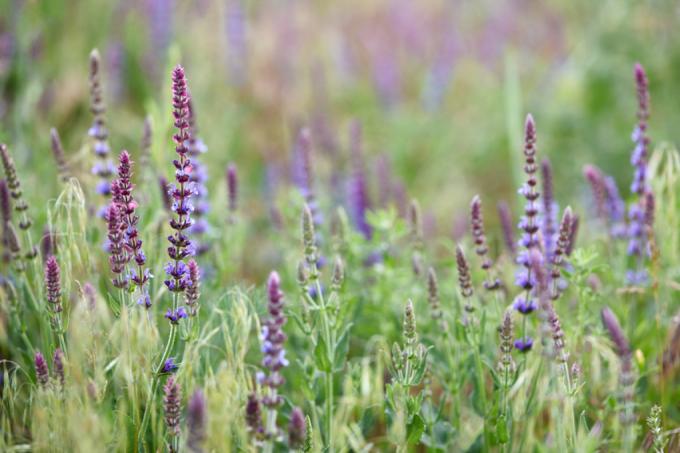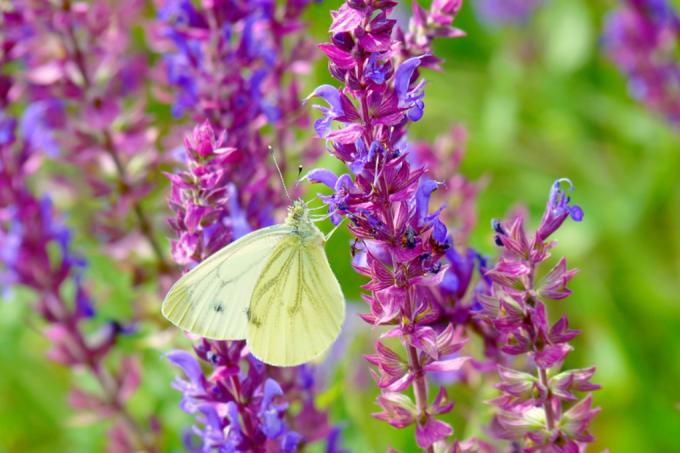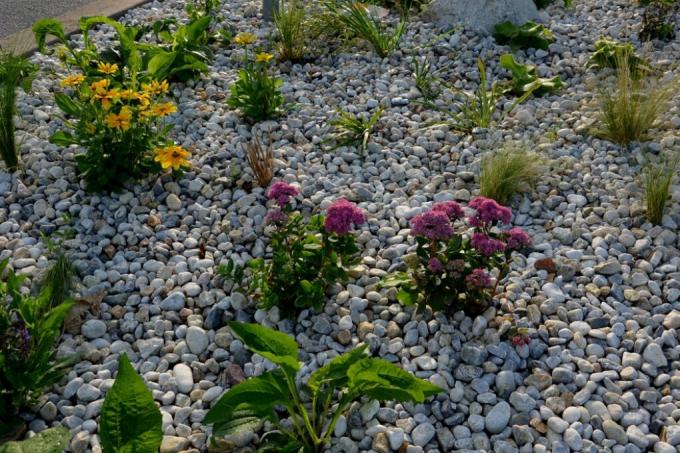AT A GLANCE
Which plants go well with steppe sage?
What factors should be considered when combining steppe sage?
The wild character of the steppe sage comes into play in combination with the right companion plants. But before you start, you should make sure of the following factors:
- flower color: blue-violet, lilac, pink or white
- heyday: June to August
- Location Requirements: sunny, well-drained and moderately nutrient-rich soil
- growth height: 30 to 60 cm
also read
The steppe sage is at its best in summer. Then he presents us with his attractive blooms. It is most impressive when its plant partners bloom at the same time.
Originally native to the steppes, the steppe sage should be combined with plants that have similar location requirements as it.
When combining, also note that the rather low and compact growth of the steppe sage suits the chosen companion plants.
Combine steppe sage in a bed or in a bucket
Steppe sage is perfect for designing steppe beds. It underscores a typical steppe flair and looks fantastic in a composition with other representatives of prairie regions. It is important that you combine it with plants that also like it sunny and can handle drought well. Yellow and white flowering companions, for example, are wonderfully expressed in combination with it.
Perfect companion plants for the steppe sage include:
- yarrow
- globe thistle
- sedum
- Bed and shrub roses
- purple coneflower
- girl eye
- gypsophila
- ornamental grasses like riding grass and feather grass
Combine steppe sage with yarrow
The combination of blue-violet to purple woodland sage and yellow yarrow is incomparably haunting and enchanting. The reason: With its yellow, the yarrow provides a complementary contrast of a special kind. At the same time, this duo is convincing because it has similar location requirements.
[image: beet|salvia nemorosa, yarrow]Combine steppe sage with bed rose
Bed roses also go well with the steppe sage and are often staged together with it. The combination of pink bed roses and purple sage is particularly popular. The dark hue of the steppe sage highlights the roses and makes them really shine.
[image: beet|salvia nemorosa, bed roses]Combine steppe sage with purple coneflowers
Two prairie perennials meet here. The friendly togetherness is palpable and is shaped by the similar locational requirements and the matching appearance. The purple coneflower benefits from the long and thus contrasting blossom candles of the steppe sage.
[image: bucket|salvia nemorosa, echinacea purpurea]Combine steppe sage as a bouquet in the vase
In a bouquet, sage is able to provide an appealing contrast to the flower shapes of other flowers. Roses in particular experience an exciting revival in the presence of steppe sage. Delicate flowers, such as daisies and feverfew, on the other hand, stand out nicely against the violet of the sage and the arrangement looks lovingly put together.
- autumn anemones
- roses
- daisies
- feverfew
- lady's mantle
- Sweet William

